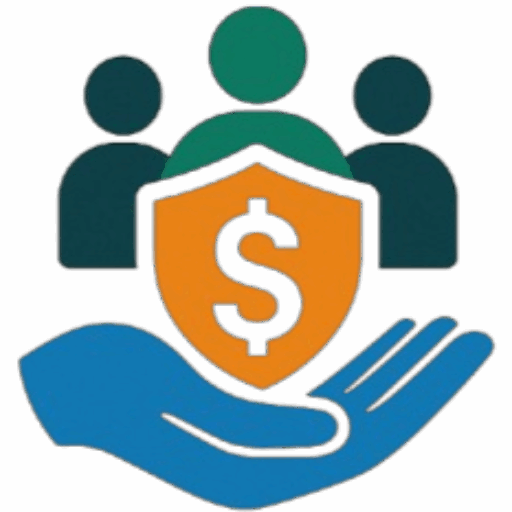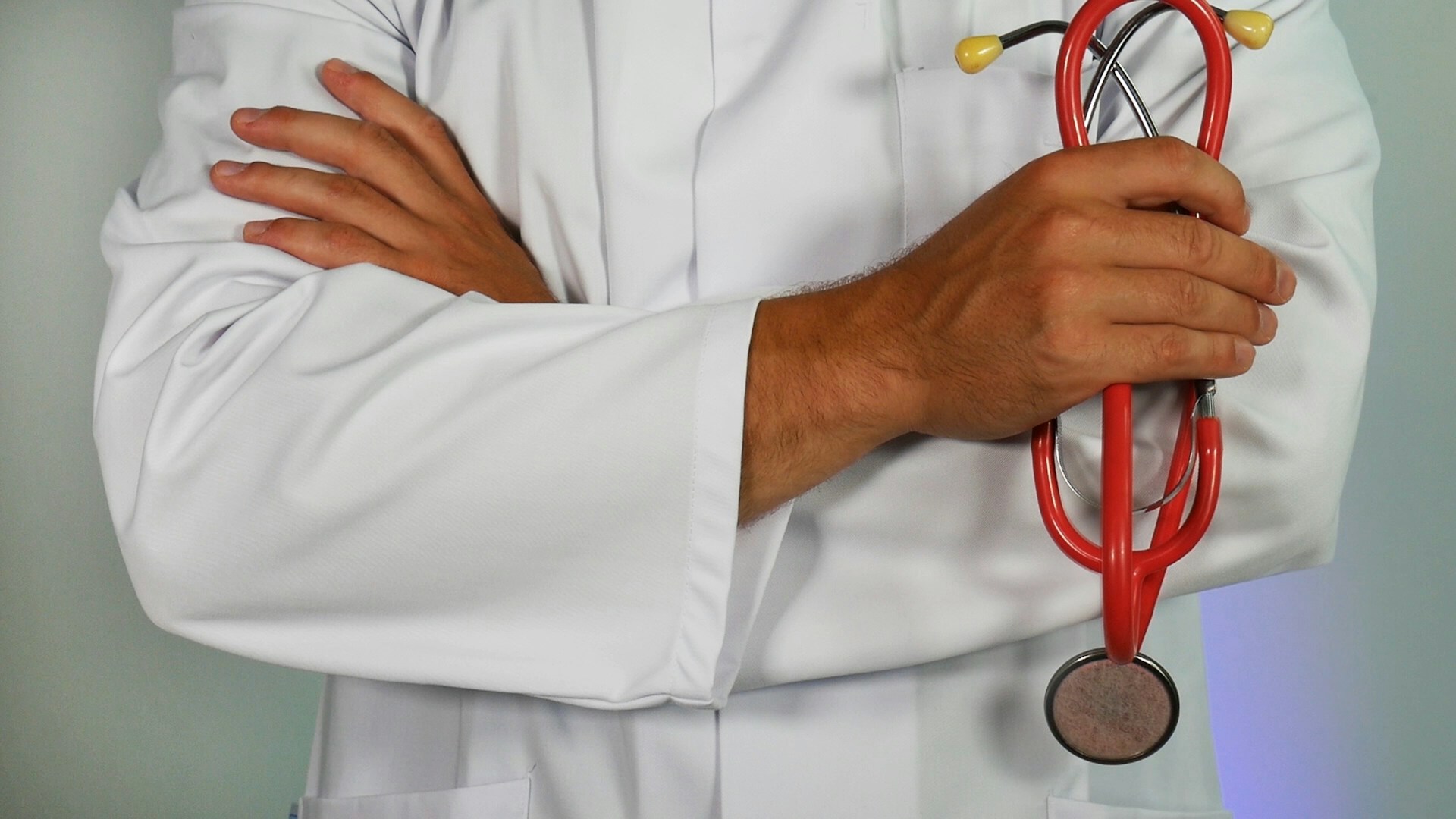Access to healthcare should never depend on your income. Yet for many people, the cost of doctor visits, prescriptions, and medical procedures can feel out of reach. The good news is that there are ways to receive free or low-cost healthcare if you know where to look and how to apply.
This guide walks you through the most common paths to getting the care you need without breaking the bank.
Start with Government Health Programs
Many countries offer public health programs that provide free or heavily subsidized care to eligible individuals. These programs are often based on income, age, disability status, or family size.
In the United States, Medicaid is the primary option for low-income individuals and families. It covers doctor visits, hospital stays, prescriptions, and more. Each state manages its own version of Medicaid, so eligibility and benefits may vary. You can apply online through your state’s health department or visit a local office for help.
If you are over 65 or have certain disabilities, Medicare may be available. While not entirely free, it offers significant savings and can be paired with other assistance programs to reduce out-of-pocket costs.
Look Into Community Health Clinics
Community health centers are a lifeline for people without insurance. These clinics offer a wide range of services including checkups, vaccinations, dental care, and mental health support. Fees are typically based on a sliding scale, and many patients pay nothing at all.
These centers receive government funding to serve underserved populations. You do not need to be a citizen to receive care, and services are often available in multiple languages. To find a clinic near you, check with your local health department or search online for federally qualified health centers.
Explore Hospital Charity Care Programs
Many hospitals have financial assistance or charity care programs for patients who cannot afford treatment. These programs can cover emergency services, surgeries, and even follow-up care.
To qualify, you usually need to provide proof of income and residency. Some hospitals automatically screen uninsured patients for eligibility, while others require you to apply. If you’ve received a bill you cannot pay, contact the hospital’s billing department and ask about financial aid options.
Use Free Preventive Services
Preventive care is often available at no cost through public health campaigns and nonprofit organizations. Services like blood pressure checks, cancer screenings, and immunizations are frequently offered at health fairs, mobile clinics, and pharmacies.
These events are especially common during awareness months or in response to public health concerns. Keep an eye on community bulletin boards, local news, and social media for announcements.
Check with Local Social Services
Social service agencies often help residents access healthcare resources. They can connect you with programs that cover medical expenses, transportation to appointments, and even prescription assistance.
Some agencies also offer case management services. A caseworker can help you apply for benefits, gather documents, and follow up with providers. This kind of support can be especially helpful if you are navigating multiple challenges at once.
Consider University and Teaching Hospitals
Medical schools and teaching hospitals sometimes offer free or low-cost care through student-run clinics. These clinics are supervised by licensed professionals and provide quality care while giving students hands-on experience.
Services may include general medicine, women’s health, dermatology, and more. Appointments can fill quickly, so it’s best to call ahead or check the clinic’s website for scheduling details.
Use Prescription Assistance Programs
If you need help affording medications, there are programs that can reduce or eliminate the cost. Many pharmaceutical companies offer patient assistance programs for people without insurance. Nonprofits and discount card services can also help lower prices at the pharmacy.
Ask your doctor or pharmacist if they know of any programs that apply to your prescriptions. You can also search online using the name of the medication and the phrase “patient assistance.”
Getting healthcare without insurance or a steady income can feel overwhelming, but it is possible. From government programs to local clinics and nonprofit services, there are many paths to care that do not require a large budget.
Start with what is available in your area. Ask questions. Gather your documents. Take one step at a time. Your health matters, and help is closer than you think.


Leave a Reply